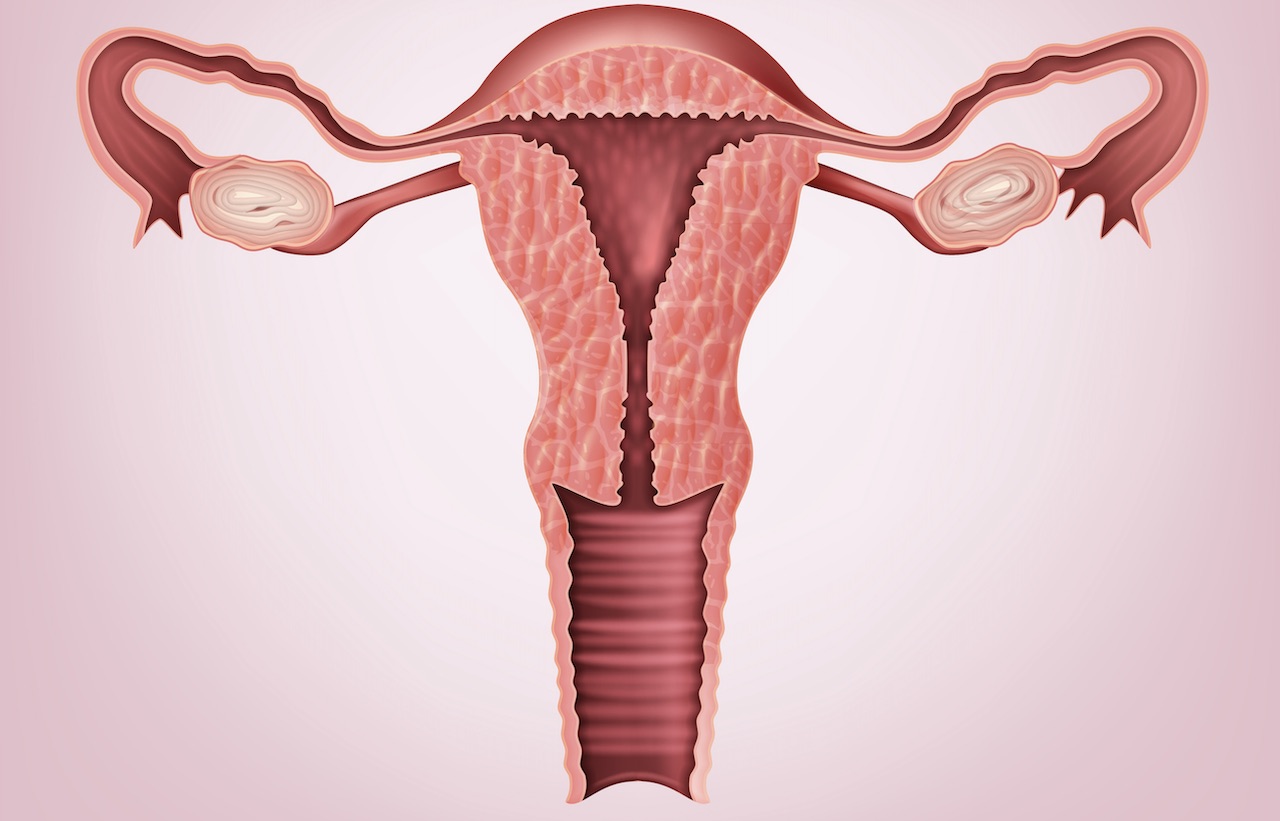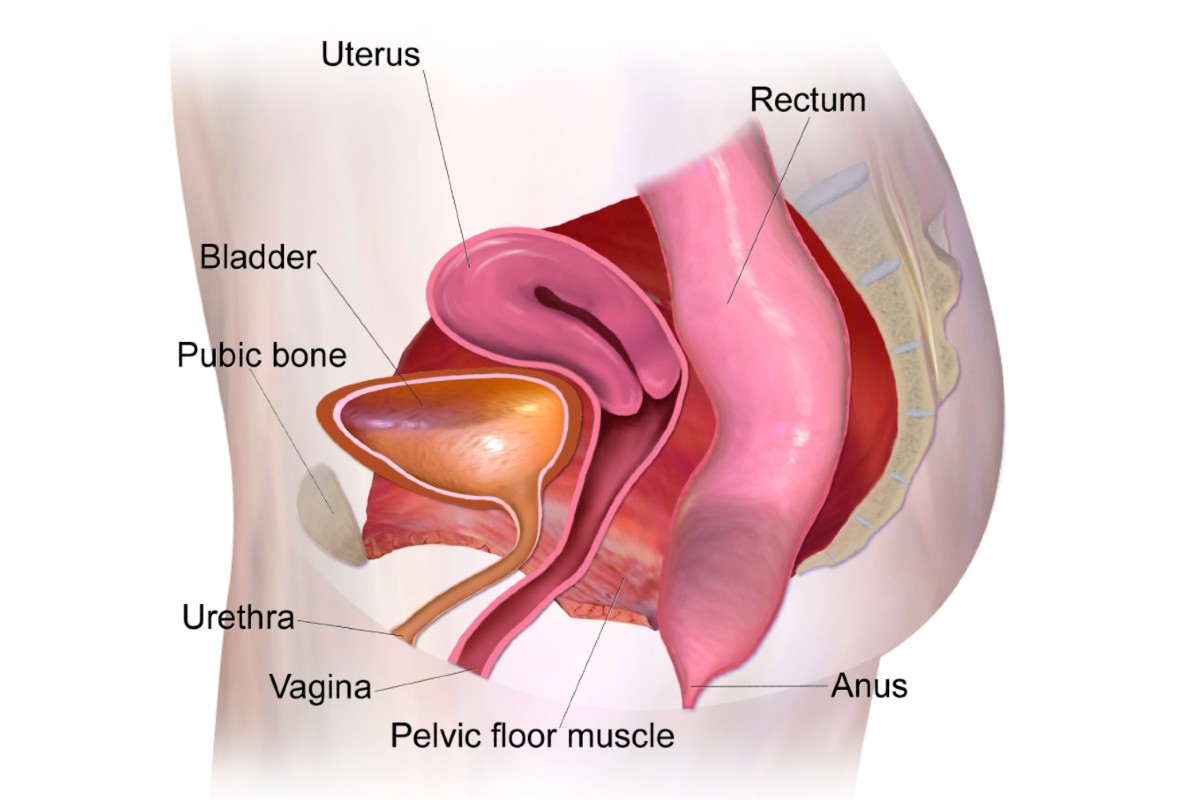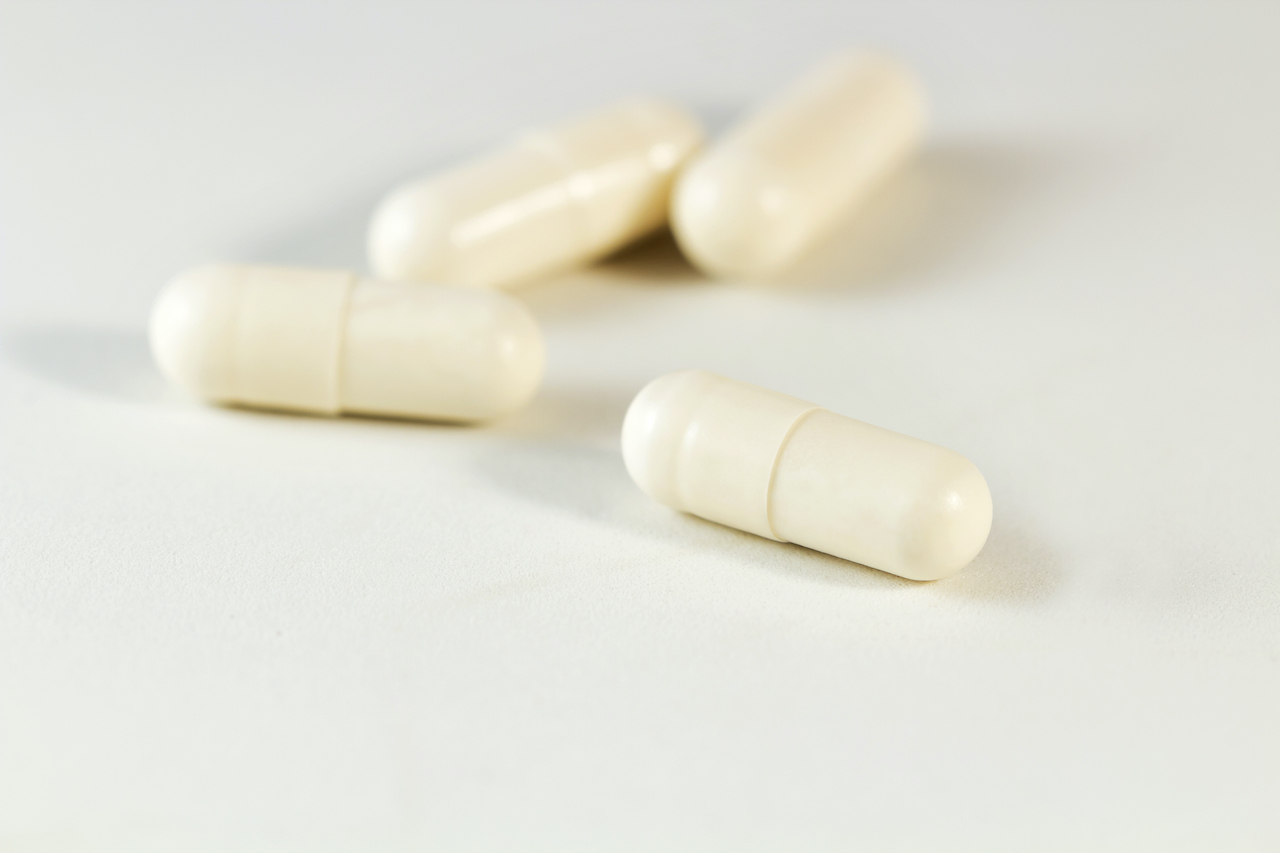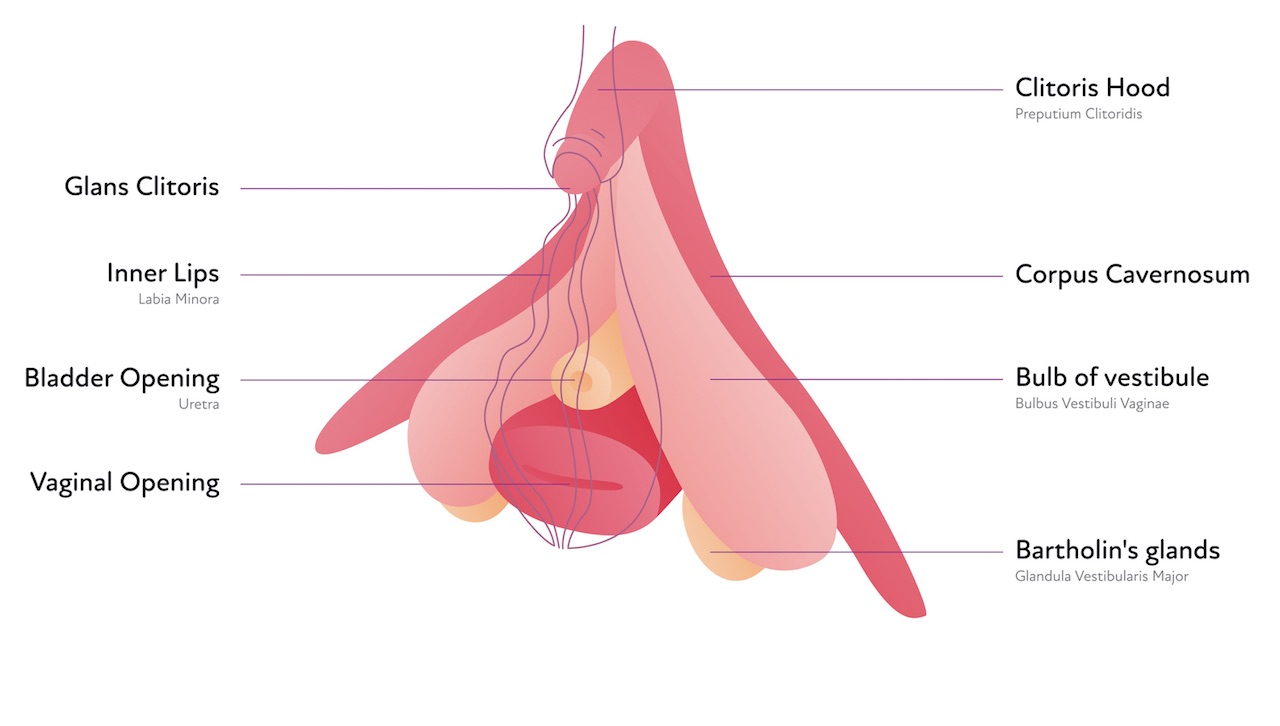7 facts about the vagina
Many misconceptions surround information about the vagina. Here are the facts.

- 1. The vagina is just one part of a women’s private parts
- 2. Kegel exercises strengthen pelvic floor muscles
- 3. Probiotic supplements could help keep the balance
- 4. Discharges women should worry about
- 5. Sex can keep the vagina healthy
- 6. Good and bad bacteria
- 7. The clitoris is much bigger than it looks
- Additional resources
- Bibliography
Many myths and misinformation surround the vagina. For example, you might read on the web that the hymen — the membrane that partially covers the opening of the vagina— can only break during first intercourse. While this is common, the hymen can tear in other circumstances such as during vigorous exercise, according to The Ohio State University.
Also, evidence confirming the existence of female ejaculation was only released in recent years, according to the journal Clinical Anatomy. Controversy continued in the medical community regarding whether it existed, despite proof — some of it dating to nearly 2,000 years ago — suggesting that the phenomenon is real.
To separate fact from fiction, we've rounded seven facts worth knowing about a woman’s vagina.
1. The vagina is just one part of a women’s private parts
Sometimes, a woman's entire genital region is referred to as the vagina. But in fact, the outer portion of a woman’s privates is actually called the vulva. That includes the inner and outer labia, the clitoris, clitoral hood and the opening to the urethra and vagina, according to the National Vulvodynia Association (NVA).
The actual vagina is an internal structure, along with the other parts of the female reproductive system including the cervix, uterus, ovaries and Fallopian tubes (which are sometimes called the oviducts).
- Related: Probiotics for vaginal health
2. Kegel exercises strengthen pelvic floor muscles

Kegel exercises can help women who have problems reaching an orgasm, according to The Journal of Sexual Medicine, but they also strengthen the pelvic floor muscles. This can help women who have trouble holding in their urine, stool or gas.
“You can do these exercises just about anywhere,” said Dr. Courtney Leigh Barnes, a gynecologist at the University of Missouri.
"To do a kegel exercise, act as though you are going to stop peeing and hold it for a couple of seconds, or you can insert your finger into the vagina and tighten your muscles", Barnes said. "These exercises can also be used to help with pelvic organ prolapse.”
Pelvic organ prolapse is a condition in which the organs in the pelvis—like the bladder—drops and pushes against the vagina, according to the journal The Lancet.
3. Probiotic supplements could help keep the balance

Probiotics, also known as the "friendly bacteria," have become a popular treatment against the "bad" bacteria that might cause harm to the body. Some evidence suggests they help digestion and combat diarrhea and gut inflammation.
A few studies have also hinted that using probiotics could help against vaginal infections, such as yeast infections, but according to Barnes, “there isn’t enough proof to make a specific recommendation.”
“More research needs to be done to say for sure when, how much, and what type of probiotics are helpful,” she said.
Barnes said she has had patients who suffered from chronic vaginal infections who have felt better after taking probiotics.
"If I have a patient with recurrent vaginal infections, I will recommend probiotics in the form of fermented goat’s milk," she said, but it's not right for everyone.
4. Discharges women should worry about
Although the vagina is considered a self-cleaning organ, according to the NHS website, and some discharge is normal, that doesn’t mean it’s not vulnerable.
“Any vaginal discharge that seems excessive, painful, irritating or foul in odor should be evaluated by a doctor,” Barnes said.
Some women try to diagnose their own vaginal infections at home, and use over-the-counter medications. "Unfortunately, research has shown that patients aren't very accurate when it comes to self-diagnosis," Barnes said.
She recommends that women get evaluated if there is an abnormal discharge. Although it can sometimes be as simple as a yeast infection, "other times, the infection can be more complicated, or even a sexually transmitted infection," she said.
5. Sex can keep the vagina healthy

Through the various stages of women's lives — including childbirth and breastfeeding, as well as normal aging and menopause — the body undergoes hormonal changes that could lead to vaginal dryness, according to the American College of Obstetricians and Gynecologists.
"Estrogen helps keep the vagina healthy and lubricated," Barnes said. "Once estrogen levels drop, the vagina can become dry, and sometimes even be a source of pain."
Experts say that having sex can prevent the vagina from becoming thin and tight. “Safe vaginal intercourse can help keep the vagina healthy and dilated,” Barnes said.
To help make intercourse more comfortable, she suggested using lubricants. And for women who experience extreme dryness and discomfort, using hormonal therapies in the form of pills, patches, vaginal rings or creams may be an option.
"There are some risks to certain types of hormone therapy,” she cautioned, "so it's important for women to discuss them with their doctor before making a decision to use them."
6. Good and bad bacteria
It's normal to have bacteria in your vagina. In fact, there are some bacteria known as lactobacilli that keep the acidity of the vagina in the normal range, according to the journal Frontiers in Microbiology.
But sometimes the balance between good and bad bacteria can be disrupted. When that happens, women could experience a discharge that smells bad, or have an itching or burning sensation, Barnes said.
But there are ways that women can keep their vaginas healthy, and keep the good bacteria present.
"I always tell my patients to avoid douching," Barnes said. "Flushing out the vagina with anything that might kill the lactobacilli can result in an overgrowth of other types of problematic bacteria."
She also recommended using soaps to clean only the hair-covered areas of skin.
"Water is sufficient for cleaning the non-hair-bearing regions," she said.
7. The clitoris is much bigger than it looks

The clitoris has 8,000 nerve endings aimed for sexual pleasure, according to the Anatomic Study of the Clitoris and the Bulbo-Clitoral Organ — that's around the same number that are found at the end of the penis, but due to the size of the two glans, the density of nerve endings in the clitoris is about 50 times higher, the journal states.
The clitoris, which is a small pink organ that lies underneath the clitoral hood, is a powerhouse of pleasure. Although it extends into the vagina for about 3-4 inches (9-11 cm), according to the journal Clinical Anatomy, the clitoris is considered an "external" organ. As researchers noted in a 2011 article in the journal Obstetrics and Gynecology, "the glans and body are visible, while the roots are hidden, therefore they are not "internal.'"
Additional resources
To find out what’s normal for a vagina, the NHS website answers some commonly asked questions. Alternatively, to learn about how vaginas are finally losing their stigma, you can read this article by BBC Culture.
Bibliography
"Female ejaculation: An update on anatomy, history, and controversies". Clinical Anatomy (2021). https://onlinelibrary.wiley.com/doi/abs/10.1002/ca.23654
"Effects of Sex Education and Kegel Exercises on the Sexual Function of Postmenopausal Women: A Randomized Clinical Trial". The Journal of Sexual Medicine (2017). https://www.sciencedirect.com/science/article/abs/pii/S174360951731192X
"Pelvic organ prolapse". The Lancet (2007). https://www.sciencedirect.com/science/article/abs/pii/S0140673607604620
"Lactobacilli Dominance and Vaginal pH: Why Is the Human Vaginal Microbiome Unique?". Frontiers in Microbiology (2016). https://www.ncbi.nlm.nih.gov/pmc/articles/PMC5143676/
"Anatomy of the clitoris and the female sexual response". Clinical Anatomy (2015). https://onlinelibrary.wiley.com/doi/abs/10.1002/ca.22524
Sign up for the Live Science daily newsletter now
Get the world’s most fascinating discoveries delivered straight to your inbox.










